Laser and ion source designed for MALDI tissue typing
During the image acquisition the sample stage moves continually to achieve high pixel rates. The unique smartbeam 3D laser fires at a repetition rate of up to 10 kHz.
The smartbeam 3D laser features a laser diameter of 5 µm, enabling MALDI Imaging of tissue at 20 µm spatial resolution. As illustrated in the video, the laser can move independently from the sample stage to scan the full area of each pixel. This produces truly square pixels which utilizes the total available sample area for maximum sensitivity and pixel-to-pixel reproducibility.
Integrated software solutions
- flexImaging dedicated molecular histology software controls data acquisition, data visualization, annotation and integration of virtual microscopic slides
- SCiLS™ Lab is the dedicated software for statistical analysis. From individual imaging datasets to complete clinical biomarker studies, it features univariate and multivariate methods to mine the data and to find relevant information

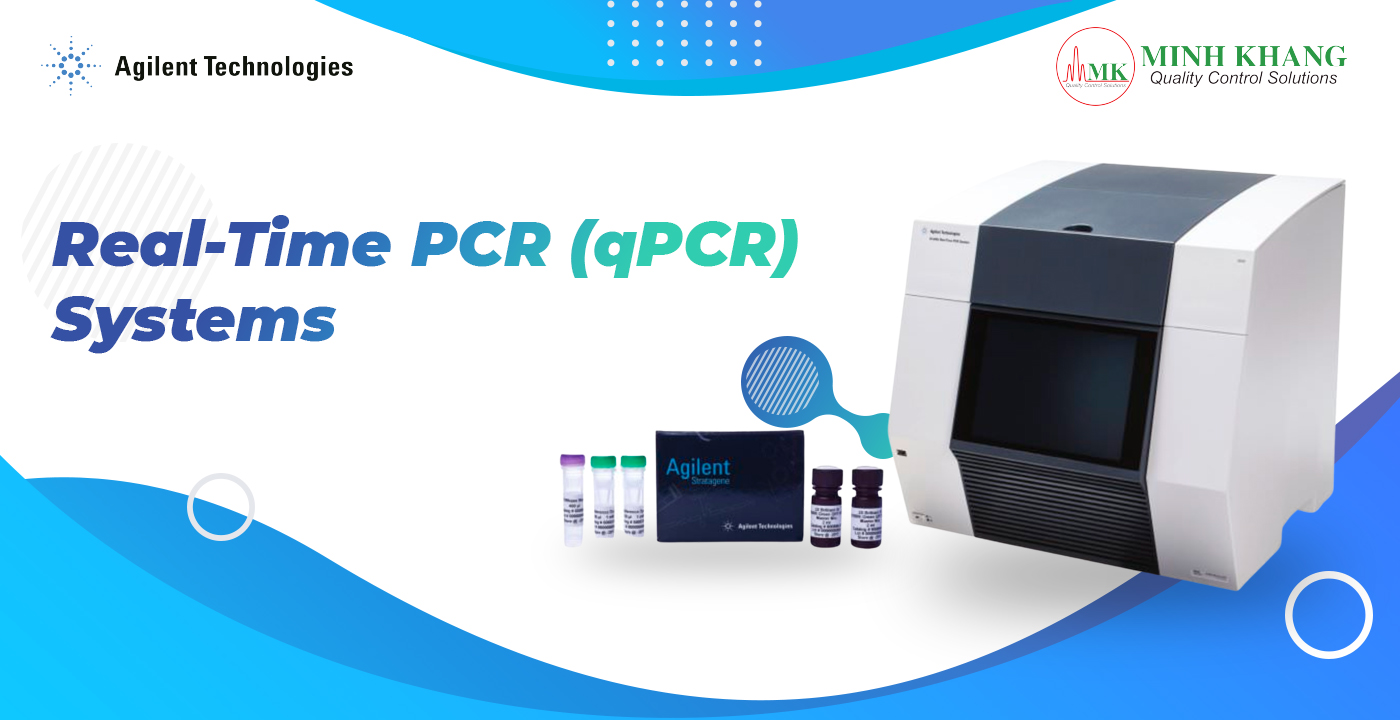

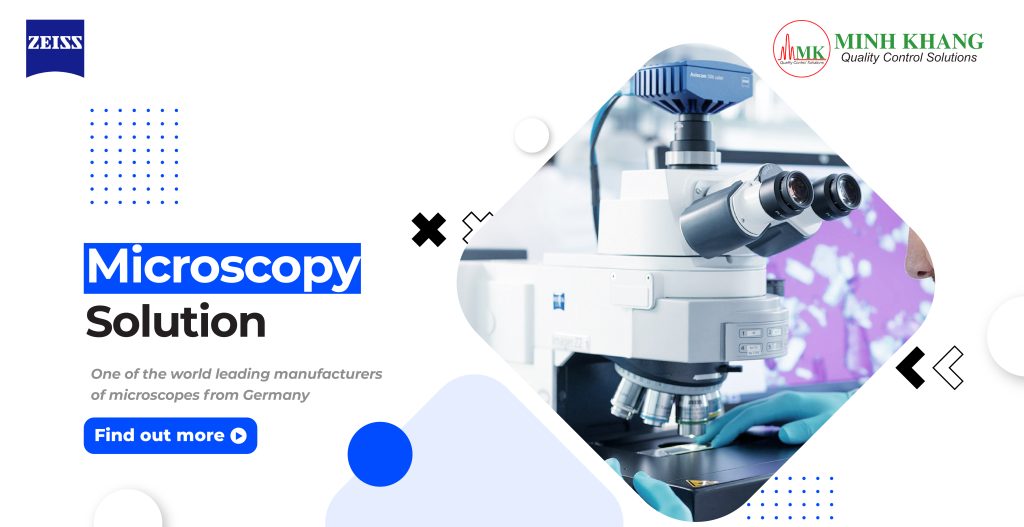
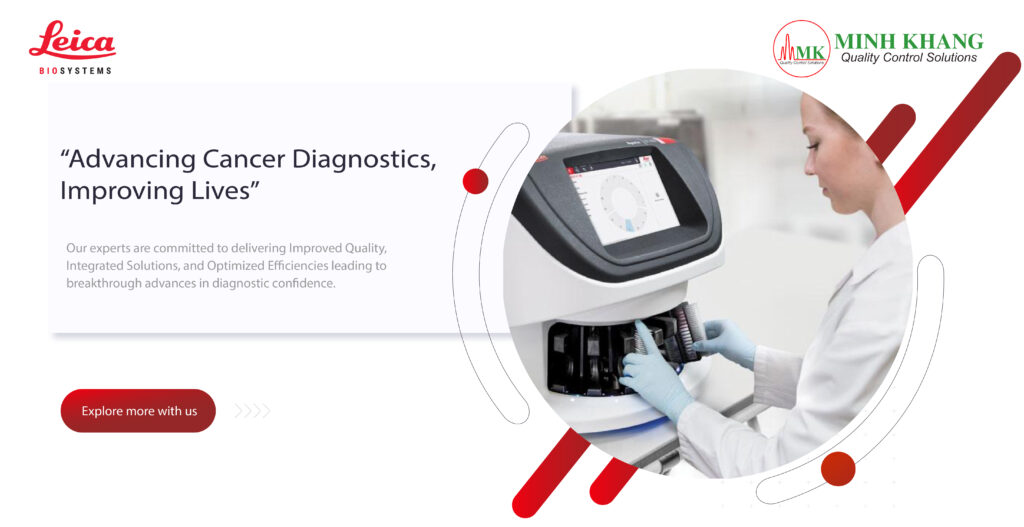







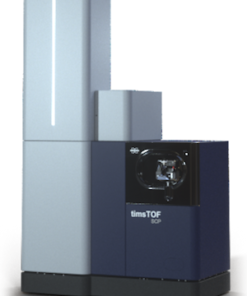
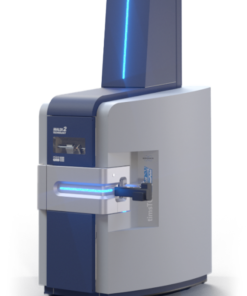
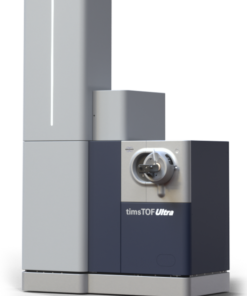
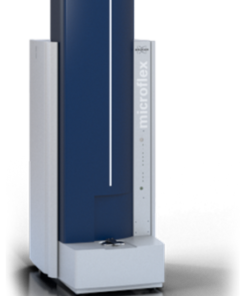
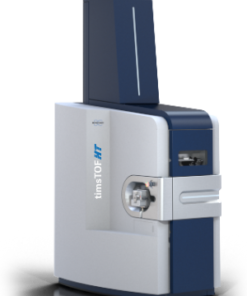
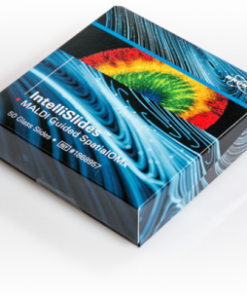
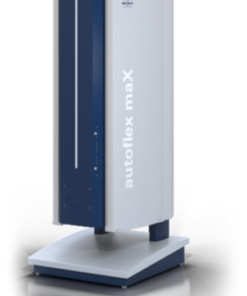
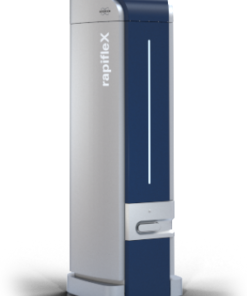

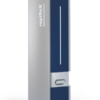

 VI
VI